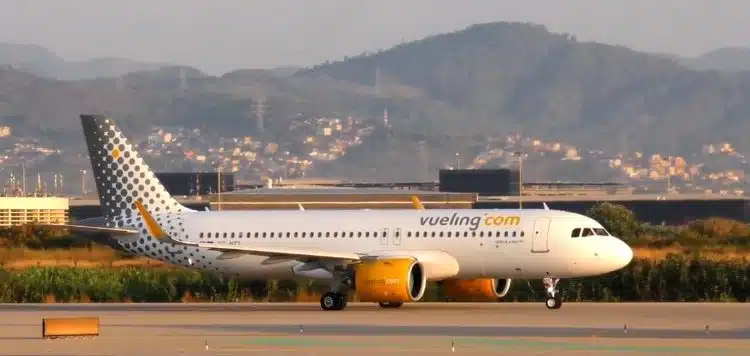Conseils pour s’adapter à l’utilisation des transports en commun
The use of public transportation has become a fundamental solution for mobility in modern cities. Adapting to this system can be a challenge, especially for those who are new to it. Knowing some practical tips can make this transition easier and help enjoy a more efficient and safe journey. From understanding routes to paying attention to safety and local customs, these tips are essential for those looking to get the most out of their public transportation experience.
The use of public transportation can be a challenging experience for many people, especially if they are used to driving. However, adapting to this mode of transport can free up your time, reduce your expenses, and contribute to caring for the environment. This article presents a series of helpful tips that will help you feel more comfortable and secure when using public transportation.
Know the available options
Before you dive into using public transportation, it is essential that you familiarize yourself with the different options your city offers. Most urban areas have buses, trains, and subways, each with its own schedule and route. Research the schedules, pickup points, and ticket prices to avoid unpleasant surprises. Using mobile apps can also provide real-time information about arrivals and departures, making your journeys easier.
Plan your routes
Good planning is the key to a successful journey on public transportation. Take the time needed to plan your route before you leave. Use public transport maps or combine navigation apps like Google Maps to determine the most efficient way to reach your destination. Evaluate the connections and possible transfers you may need, as well as the estimated time for each leg of your journey. Remember that punctuality is important, and leaving with a reasonable time margin will help you avoid feeling rushed.
Maintain safety
Safety is a priority when using public transportation. Make sure to keep your belongings close and avoid displaying valuable items unnecessarily. When entering or exiting stations and stops, stay alert to your surroundings. It is advisable to avoid traveling alone at night, especially if you are new to the city. Review local rules and customs to behave appropriately and avoid awkward situations.
Be flexible and adaptable
Be aware that public transportation can be unpredictable. Delays, route changes, and cancellations are common occurrences. Maintain a positive attitude and be flexible with your plans. Upon arriving at the station, check the information screens and listen to audio announcements to stay updated on any news. This will help you adapt to changing conditions without losing your cool.
Know the essentials about fares
The economic aspect of public transportation is also important. Inform yourself about the different types of fares and subscription options available. Many cities offer rechargeable cards that provide access to savings compared to buying individual tickets. Additionally, consider whether there are discounts available for students, seniors, or regular commuters.
Use digital resources
There are numerous digital resources that can facilitate your use of public transportation. Download apps that give you access to real-time schedules, route changes, and ticket purchases. These tools not only make your experience more efficient but also allow you to share your location with loved ones, enhancing your personal safety.
Connect with other users
Traveling by public transportation can be an opportunity to socialize and meet new people. Don’t hesitate to ask other passengers or staff about various routes and recommendations. Additionally, interacting with others can make your experience more enjoyable and help you gain valuable tips from those using the same means as you.
Encourage a sustainable lifestyle
Using public transportation is an excellent way to contribute to a more sustainable lifestyle. By reducing dependence on private vehicles, you help decrease traffic congestion and environmental pollution. Learn about responsible techniques to care for the environment and as you adapt to this system, you will see how it also positively impacts your overall well-being.
Conclusions
Remember that the adaptation to using public transportation takes time. Don’t get discouraged if it seems complicated at first. With practice and the application of these tips, you will have a more enriching and pleasant experience. Good luck on your future public transportation journeys!
The use of public transportation in large cities has become a necessity for many, as it not only facilitates mobility but also contributes to the reduction of traffic and pollution. However, for those who are not used to this type of transportation, adapting can be a challenge. Here are some tips to make this transition easier.
First of all, it is essential to familiarize yourself with the routes and schedules available. Using mobile apps that offer real-time information about public transportation can be very helpful for planning your trip and avoiding unpleasant surprises. Learning to read the subway or bus map is essential for navigating the city with confidence.
Another important aspect is understanding the rules and customs of public transportation in the area. Each city may have its own rules regarding expected behavior on vehicles, buying tickets, and accessing platforms. Respecting these rules not only improves personal experience but also contributes to the safety and well-being of all passengers.
Additionally, it is advisable to leave with enough time to avoid the stress of missing a bus or a train. Punctuality plays a crucial role in using public transportation. At the same time, being flexible and prepared for possible route changes or delays can make your journey much more enjoyable.
Finally, do not hesitate to ask for help from other passengers or station staff if you have questions. Most people are willing to help, and these types of interactions can make the experience friendlier and less intimidating.





